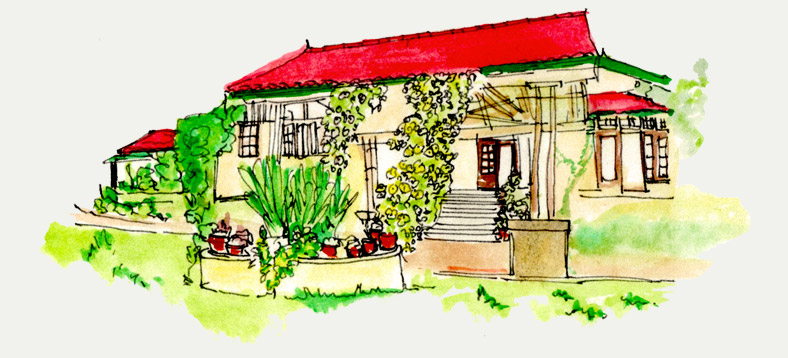
Success is not defined by academic achievement
The large cottage that houses the school is both a heritage structure and is historically significant. It was built by Fredrick Price, who moved to Ooty, after retiring as the Governor of Burma. He built the house for his wife and himself, taking care to have it done in a particular style, even bringing craftsmen from Burma in the late 1890s.
With the onset of independence, many of the Englishmen moved back to England; as did Fredrick Price. The house was sold in the pre-independence days to Vidyavathi Devi, the Maharani of Vizianagaram.
F.G.Pearce initially rented and later bought Dilkhush Mahal, from the heirs of the Maharani and established The Blue Mountains School in 1961.
Late F.G Pearce worked with several well-known public residential schools in India. He served as the Director General of Education for Gwalior and helped convert the Scindia School founded by the Maharaja of Gwalior into a residential school and was regarded as the founder of the Indian public school movement.
During 1921 to 1923 he was the principal of Mahinda College, a Buddhist boys school in Galle, Sri Lanka. He also served as Secretary to the Ministry of Education in Ceylon in the late 1940s, a position he resigned to become the Principal of Rishi Valley School. His innovations there included attempts to involve children in farming, tailoring the curriculum for individual students and the practice of asthachal.
After a decade in Rishi Valley. Pearce founded the Blue Mountains School at Ootacamund in 1961. Pearce’s contribution to the field of education was gratefully acknowledged by President Rajendra Prasad.
He helped found the Indian Boy Scout Movement, later subsumed into the Scout Movement of India on Baden-Powell’s request, with Annie Besant.
Pearce authored numerous books and pamphlets including Footprints in the Sands of Time, Sonnets of a Schoolmaster and other verse, A round of Rajput Tales, The coconut lands of southern India and The dawn of freedom


